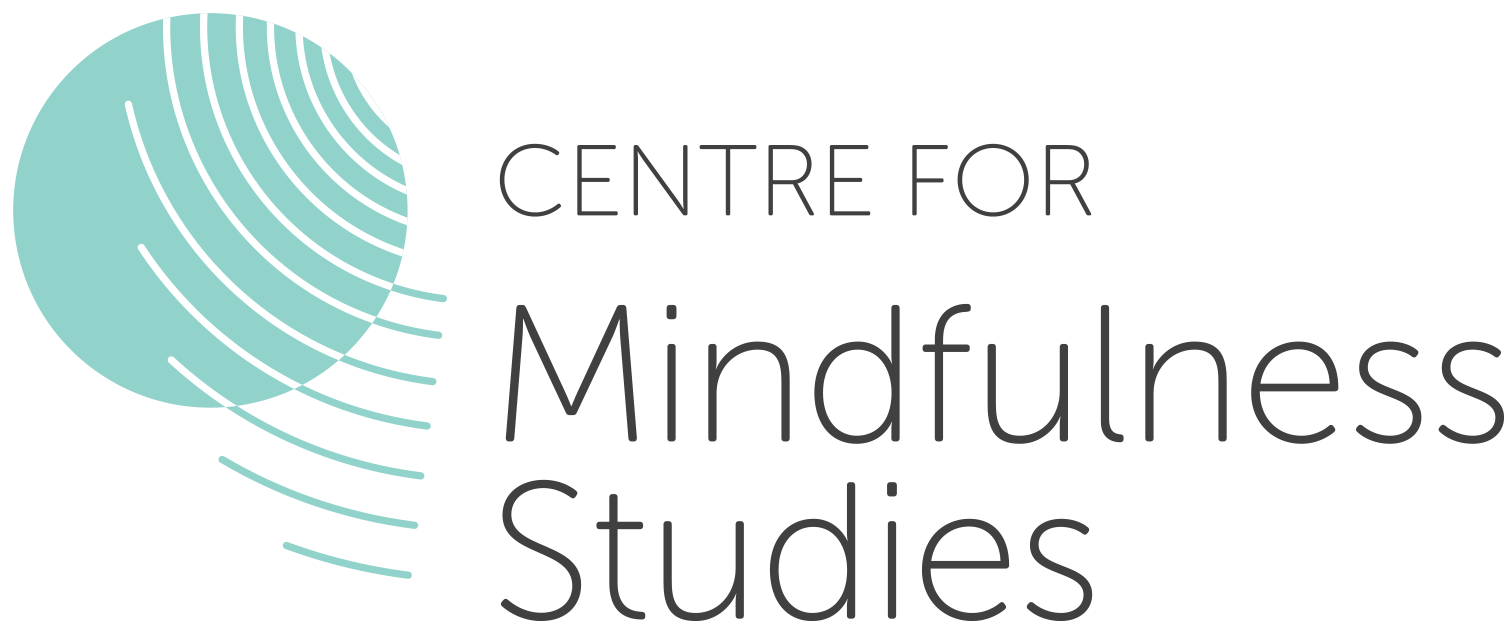How to Develop an Attitude of Gratitude
“Gratitude bestows reverence, allowing us to encounter everyday epiphanies, those transcendent moments of awe that change forever how we experience life and the world.” John Milton
One of the most underrated and effective tools out there to boost health, well-being and happiness is the practice of gratitude.
Exercising gratitude costs nothing to implement, and on a 1-10 scale of difficulty to learn, with 1 being the easiest and 10 the hardest, without a doubt, this practice is dead easy.
With a price tag of almost $10 billion per year, the self-improvement industry typically doesn’t prescribe cultivating an attitude of appreciation to improve our mood. Yet according to Psychology Today, recent studies confirm gratitude benefits such as increased happiness, reduced stress and better physical health.
How to Cultivate a Gratitude Practice
For those new to the practice of gratitude, a good approach is to leverage mindfulness and start noticing those things and instances you are grateful for. For some, this may present a challenge especially if they’re going through a difficult stage in their life.
What I find helpful is to focus on small details of my daily life and find something that I’m thankful for. For example, the chair that I’m sitting on right now, or the cool breeze that’s coming through the window, or the sun that is setting or the creative inspiration that is coming through me as I write this article.
As you’re looking at something or recalling a memory, a good question that could prompt gratitude is “why does this bring me joy?” or “why am I grateful for you?”. It’s easy to look at a chair and dismiss it, however, if we can ask “how is the chair I’m sitting on bring me joy?”, a response could be, “it allows me to rest my body and sit upright so that I’m able to type away on my laptop”.
Look, you might not associate joy and chair together, but the point I’m trying to convey is that if we begin to take a stance of gratitude in the small details, the hope is that we start to condition ourselves to search for the sweeter side of things, instead of the bitterness.
This approach also overcomes the challenge people may have with the practice of gratitude, in that we need something significant to have happened in order for us to be grateful.
Not at all, in fact, I always make a point to appreciate the “trivial” when I’m doing my gratitude exercise. This strategy helps me to shift my perception – in that through gratitude I see their significance and importance.
Write it Down
One of my favourite ways to capture all the things I appreciate is journaling. To write down what I’m thankful for allows me to be creative and thoughtful.
If it appeals to you, make a commitment to write down the good things that happen each day. Part of my morning routine is to write down 3 things I’m grateful for, and before I go to bed, I capture what happened during the day that I appreciated.
Gratitude prompts are also helpful if you want to inject creativity and interest into your practice. Here are some examples:
- Who has been a positive and significant person in your life and why?
- Describe a favourite childhood memory.
- Describe a moment when you let your inner child play.
This process need not be long. But I would suggest to carve out a time during the day for this exercise.
Write a Letter
When was the last time you wrote a letter expressing your thanks or praise for someone? I’m going to guess that it’s been awhile or none at all. You may want to take up letter writing if you want to increase your happiness.
According to this study done by the University of Kent at Salem, participants were asked to write people up to three gratitude letters – something of importance to them. The research looked at the effects of letter writing on 3 key well-being qualities: happiness (positive affect), life satisfaction (cognitive evaluation) and depression (negative affect).
And here’s what they discovered: happiness and life satisfaction increased significantly the more letters people wrote. They also found that depressive symptoms were lowered.
Gratitude Reminder
I live near a lake and often I would walk along the beach and gather pretty stones that have been washed up along the shore. I have one of these stones in my coat pocket. The stone is my reminder to take a moment to appreciate something in my life. Even if it’s just to utter the words “thank-you”, my mood instantly lifts.
A gratitude reminder for you may look different. For some, a piece of wood or a coin may be more appealing, for others, it could be an alarm on their phone that gently reminds them to be grateful.
Summary
We have an abundant well of gratitude in all of us. However, we need to drop the proverbial bucket into our well in order to reap the benefits. We do this through intentional activities such as mindfulness, journalling, gratitude reminders, and letter writing. And through these activities of gratitude, we can boost our happiness and satisfaction.
About Marina Alteza
Writer, traveller and founder of Mindfullycity.com where she documents her practice of mindfulness, self-compassion, and gratitude to transform her relationship with daily life challenges. Currently pursuing her Mindful Self-Compassion teaching certificate.
